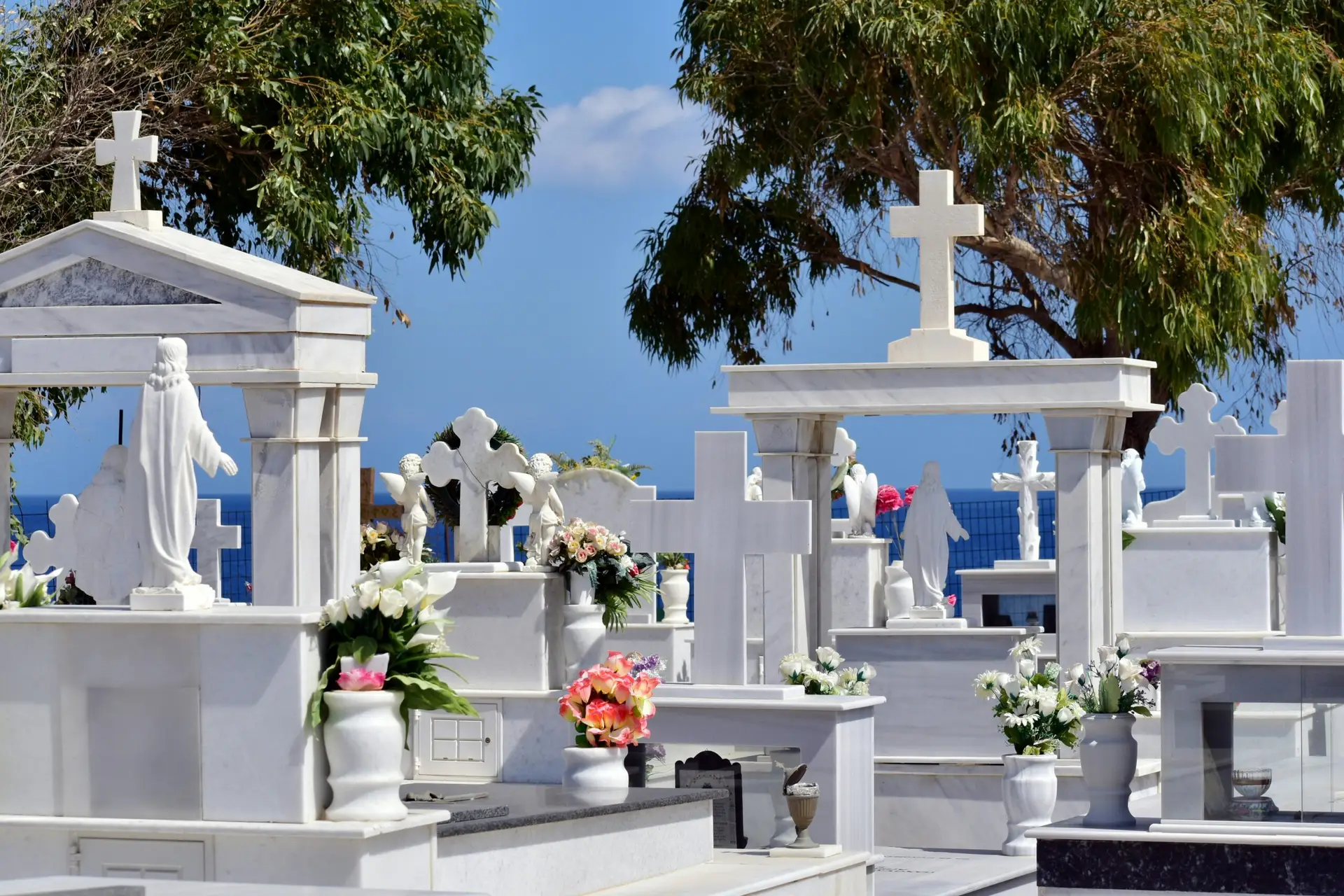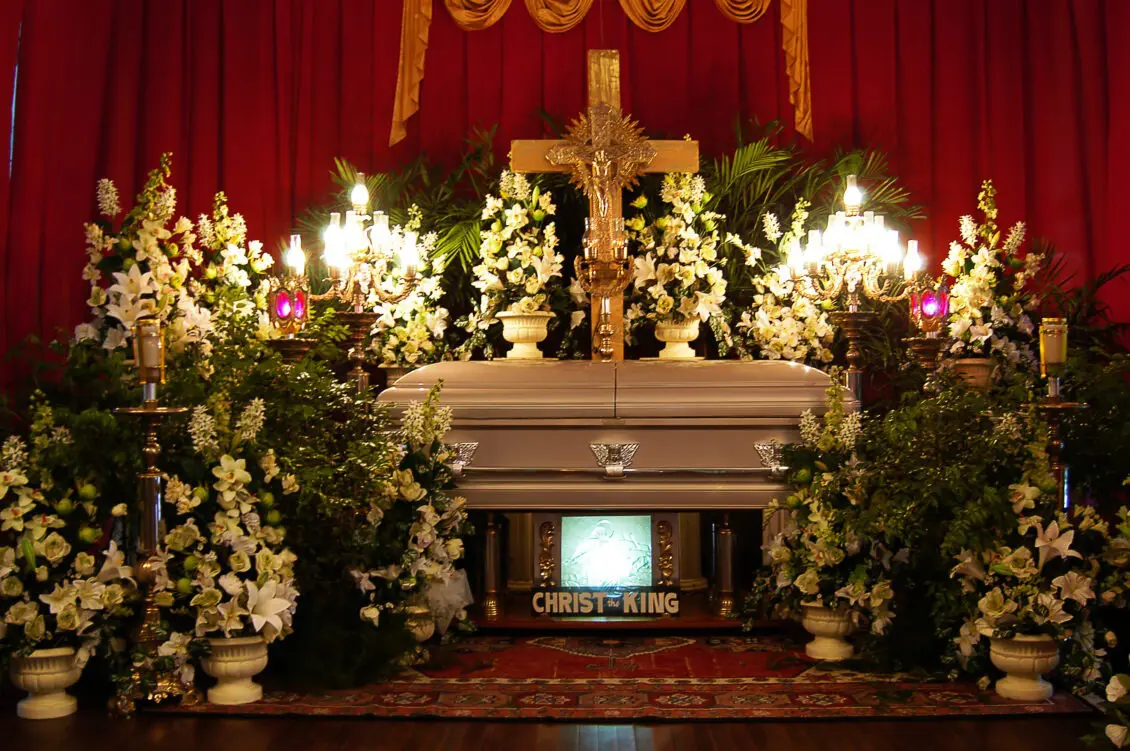Introduction
When it comes to planning end-of-life arrangements, different burial options provide a range of choices that can align with personal beliefs, environmental concerns, and financial considerations. Understanding these options helps in making informed decisions about the final resting place of a loved one.
Note: It’s important to consider both personal and environmental factors when choosing between various burial methods.
Traditional burial methods have long been the standard way to lay a loved one to rest. These typically involve placing the body in a casket and interring it in a cemetery plot. The types of graves and burial options can vary, including:
- Standard Grave: A traditional burial in a graveyard with a headstone.
- Family Plot: A reserved area for multiple family members.
- Vaults and Crypts: Options for above-ground burials in mausoleums or family vaults.
Alternative Burial Methods
For those seeking more eco-friendly or unique ways to handle their remains, alternative burial options offer interesting choices. These methods often emphasize environmental sustainability or personal significance. Some popular alternative burial methods include:
- Green Burial: Involves using biodegradable materials and avoiding embalming chemicals.
- Natural Burial: Similar to green burial but often includes additional options like planting a memorial tree.
- Water Cremation (Alkaline Hydrolysis): Uses water and alkaline chemicals to break down the body.
Tip: When considering burial options for humans, researching local regulations and availability can help you choose the most suitable option.
Comparing Burial Methods
Choosing between burial methods often involves comparing traditional and alternative options. Key factors to consider include:
- Environmental Impact: Green and natural burials offer lower environmental impact compared to traditional methods.
- Cost: Alternative burial methods can sometimes be more affordable, though costs vary widely.
- Personal Preferences: Consider what best reflects the values and wishes of the deceased.
Note: Different types of burials may have specific requirements or limitations depending on local regulations.
Choosing the Right Burial Option
Selecting the right burial option involves evaluating personal, environmental, and financial aspects. Here are some tips for making an informed decision:
- Discuss with Family: Ensure that the chosen option aligns with family preferences and traditions.
- Consult Professionals: Speak with funeral directors and other experts about the available options and their implications.
- Consider Long-Term Impact: Think about the long-term effects of the burial method on the environment and your family.
Tip: Options for body after death can vary widely, so it’s essential to research and choose what feels right for you and your loved ones.
Conclusion
Exploring different burial options helps in making an informed choice that respects the wishes of the deceased and meets personal and environmental needs. Whether opting for traditional or alternative burial methods, each choice offers unique benefits and considerations.





